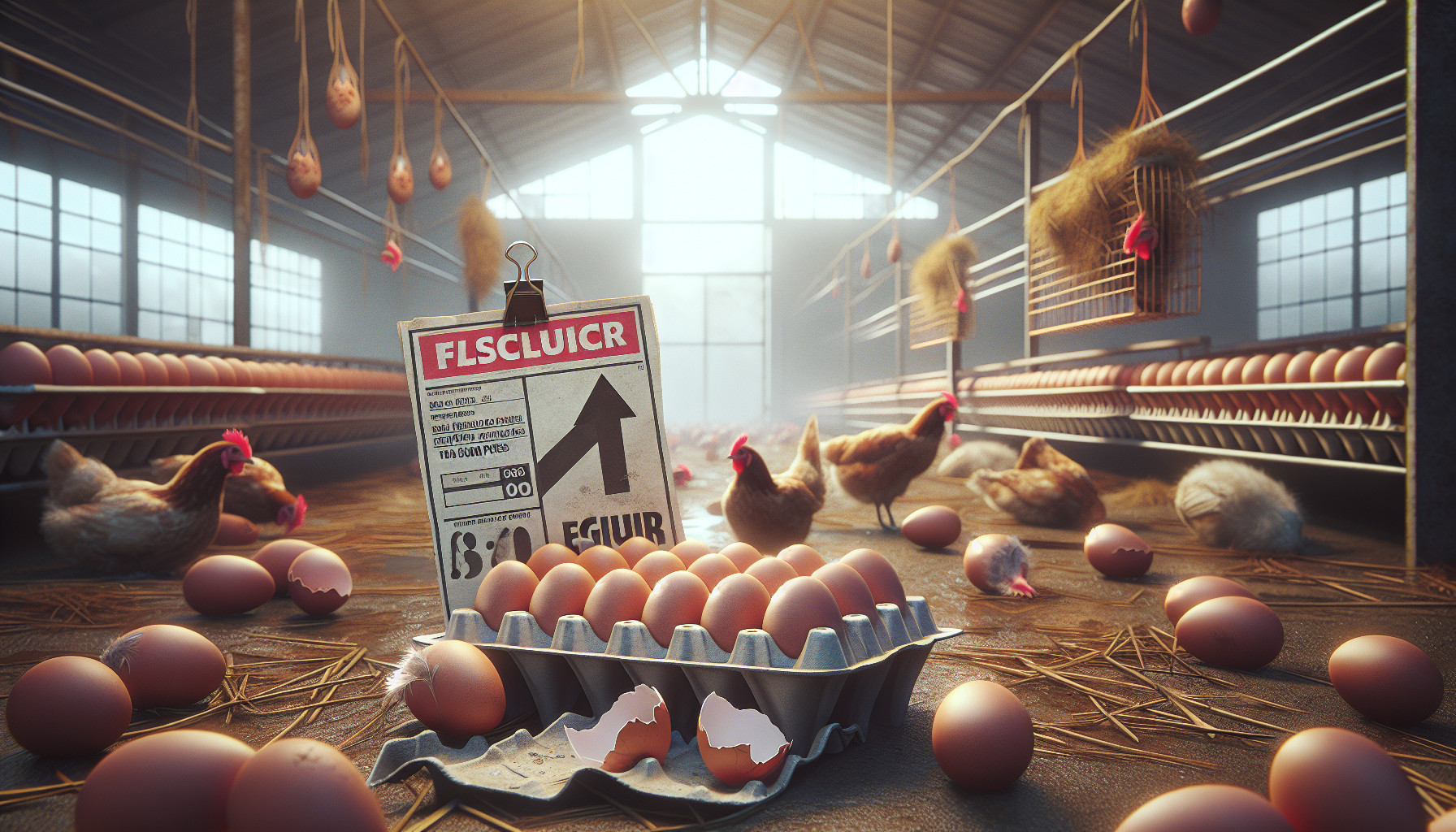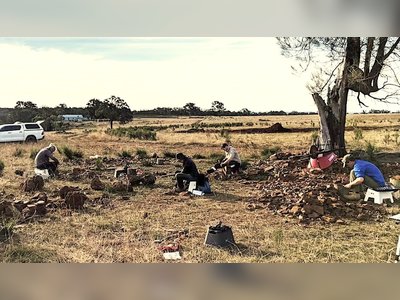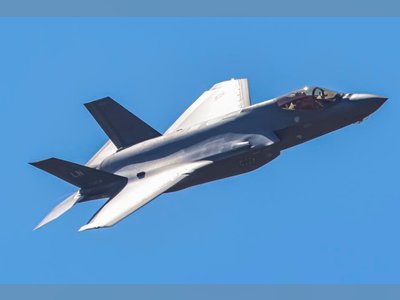
Australia Faces Significant Egg Shortages Amidst Bird Flu Outbreaks
Rising prices and dwindling supplies challenge consumers and producers alike as avian influenza devastates poultry farms.
A severe egg shortage is gripping Australia as consumers encounter empty shelves and purchase limits in supermarkets.
The average price for eggs increased nearly 9% in 2024 alone, with some prices surging as much as 30% over the past six months due to supply chain disruptions caused by multiple outbreaks of avian influenza noticed from mid-2023. Market analysis suggests that the rising prices have left consumers and businesses frustrated, with egg farmers reporting elevated prices that they attribute to the ongoing crisis rather than price gouging.
The recent outbreak of H7 avian influenza in northern Victoria has had a pronounced impact on egg supplies, leading to significant losses within the poultry industry.
It is estimated that over 1.8 million birds have been culled, and some sources indicate that the actual number may be closer to 3 million.
The outbreaks are linked to interactions between wild birds and free-range chickens, with the disease spreading easily when poultry are outdoors.
Egg prices have escalated substantially, with caged eggs that used to sell for $6 to $7 now priced at $8 to $10, while free-range eggs are reportedly selling for as high as $20 per dozen.
The effects of these outbreaks have cascaded beyond Victoria, significantly diminishing egg supplies nationwide as about 10% of the national egg-laying flock has been eliminated.
Ongoing demand for eggs is coupled with rising consumer interest in high-protein, low-fat diets, further exacerbating the supply issue.
Cafés and restaurants are compelled to adjust their menus in response to the increasing costs associated with sourcing eggs, with some establishments reporting price increases of 50 cents on menu items to offset rising expenses.
Industry experts indicate that the return to normal egg supply circumstances is not anticipated for at least six more months, assuming the current outbreaks do not spread further.
Some farmers remain pessimistic, suggesting recovery of the egg-laying flock could take two to three years.
In addition to the avian influenza crisis, the Australia’s egg industry is facing regulatory challenges.
The federal and state governments have committed to banning conventional caged eggs by 2036, a move producers argue could strain the supply further and raise prices for consumers.
Farmers are advocating for an extension of this deadline, citing the transition's potential contribution to future shortages and disease susceptibility.
Meanwhile, the issue of rising costs is compounded by existing factors from the COVID-19 pandemic and the geopolitical situation surrounding the Russia-Ukraine conflict, which has put upward pressure on feed prices.
Farmers are also faced with additional financial burdens related to the bird flu outbreaks, as they share costs associated with the cleanup of infected farms.
As the Australian egg market continues to navigate these challenges, the landscape remains uncertain, with producers and consumers alike monitoring the situation closely.
The commitment by major supermarkets to seek caged eggs and fill their shelves further illustrates the immediate challenges faced by both segments of the market.
The average price for eggs increased nearly 9% in 2024 alone, with some prices surging as much as 30% over the past six months due to supply chain disruptions caused by multiple outbreaks of avian influenza noticed from mid-2023. Market analysis suggests that the rising prices have left consumers and businesses frustrated, with egg farmers reporting elevated prices that they attribute to the ongoing crisis rather than price gouging.
The recent outbreak of H7 avian influenza in northern Victoria has had a pronounced impact on egg supplies, leading to significant losses within the poultry industry.
It is estimated that over 1.8 million birds have been culled, and some sources indicate that the actual number may be closer to 3 million.
The outbreaks are linked to interactions between wild birds and free-range chickens, with the disease spreading easily when poultry are outdoors.
Egg prices have escalated substantially, with caged eggs that used to sell for $6 to $7 now priced at $8 to $10, while free-range eggs are reportedly selling for as high as $20 per dozen.
The effects of these outbreaks have cascaded beyond Victoria, significantly diminishing egg supplies nationwide as about 10% of the national egg-laying flock has been eliminated.
Ongoing demand for eggs is coupled with rising consumer interest in high-protein, low-fat diets, further exacerbating the supply issue.
Cafés and restaurants are compelled to adjust their menus in response to the increasing costs associated with sourcing eggs, with some establishments reporting price increases of 50 cents on menu items to offset rising expenses.
Industry experts indicate that the return to normal egg supply circumstances is not anticipated for at least six more months, assuming the current outbreaks do not spread further.
Some farmers remain pessimistic, suggesting recovery of the egg-laying flock could take two to three years.
In addition to the avian influenza crisis, the Australia’s egg industry is facing regulatory challenges.
The federal and state governments have committed to banning conventional caged eggs by 2036, a move producers argue could strain the supply further and raise prices for consumers.
Farmers are advocating for an extension of this deadline, citing the transition's potential contribution to future shortages and disease susceptibility.
Meanwhile, the issue of rising costs is compounded by existing factors from the COVID-19 pandemic and the geopolitical situation surrounding the Russia-Ukraine conflict, which has put upward pressure on feed prices.
Farmers are also faced with additional financial burdens related to the bird flu outbreaks, as they share costs associated with the cleanup of infected farms.
As the Australian egg market continues to navigate these challenges, the landscape remains uncertain, with producers and consumers alike monitoring the situation closely.
The commitment by major supermarkets to seek caged eggs and fill their shelves further illustrates the immediate challenges faced by both segments of the market.
AI Disclaimer: An advanced artificial intelligence (AI) system generated the content of this page on its own. This innovative technology conducts extensive research from a variety of reliable sources, performs rigorous fact-checking and verification, cleans up and balances biased or manipulated content, and presents a minimal factual summary that is just enough yet essential for you to function as an informed and educated citizen. Please keep in mind, however, that this system is an evolving technology, and as a result, the article may contain accidental inaccuracies or errors. We urge you to help us improve our site by reporting any inaccuracies you find using the "Contact Us" link at the bottom of this page. Your helpful feedback helps us improve our system and deliver more precise content. When you find an article of interest here, please look for the full and extensive coverage of this topic in traditional news sources, as they are written by professional journalists that we try to support, not replace. We appreciate your understanding and assistance.











